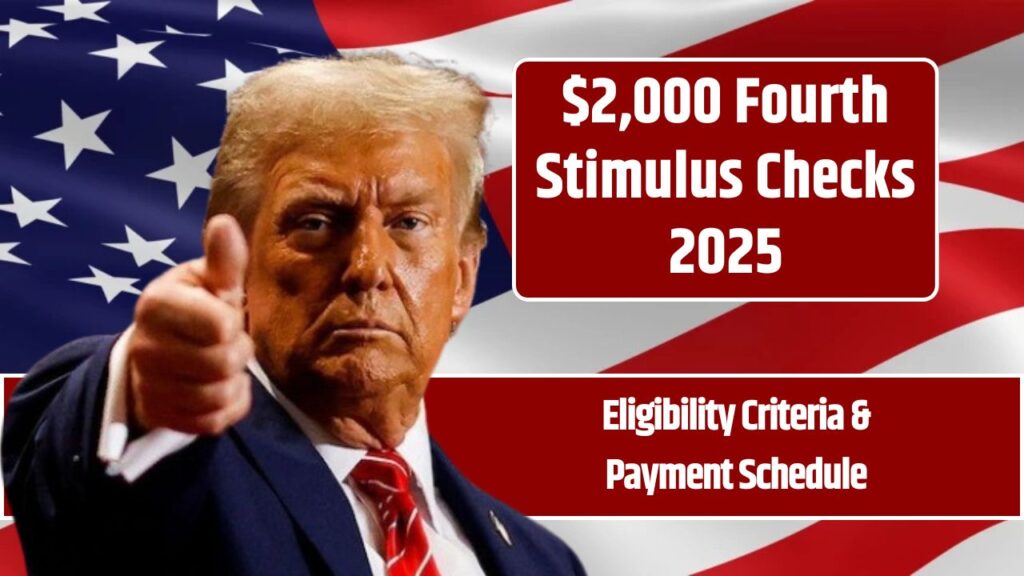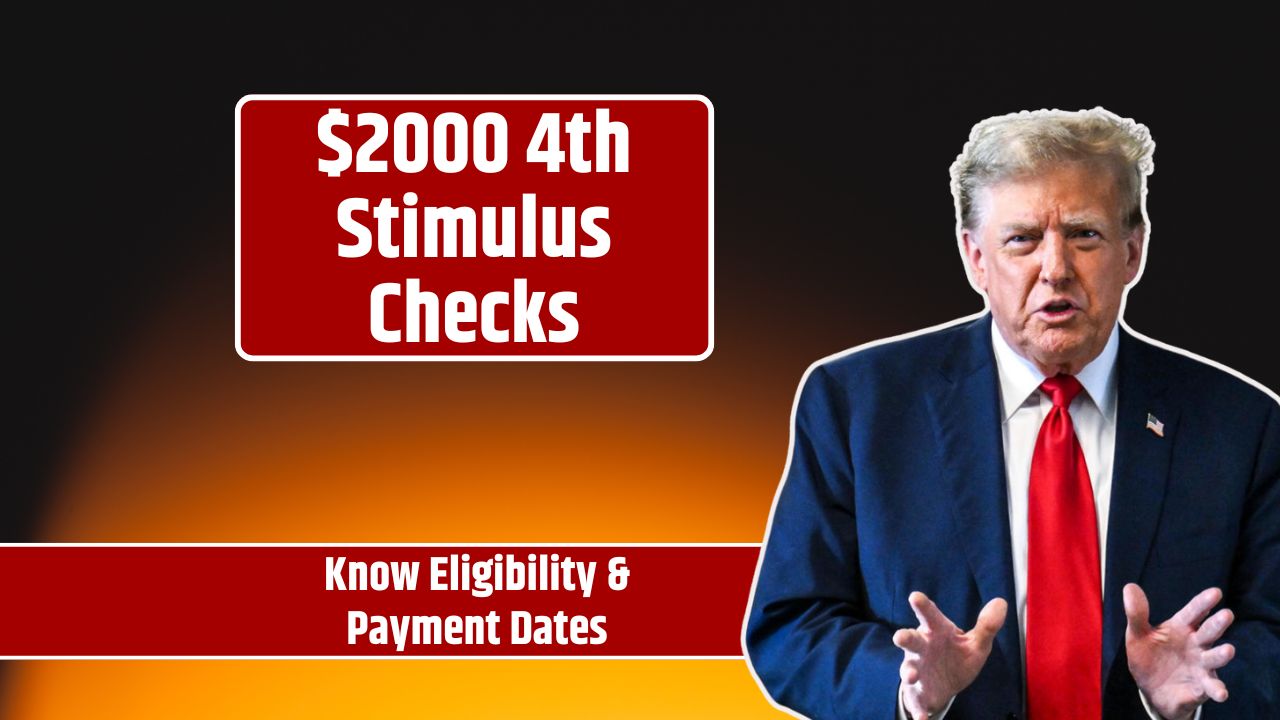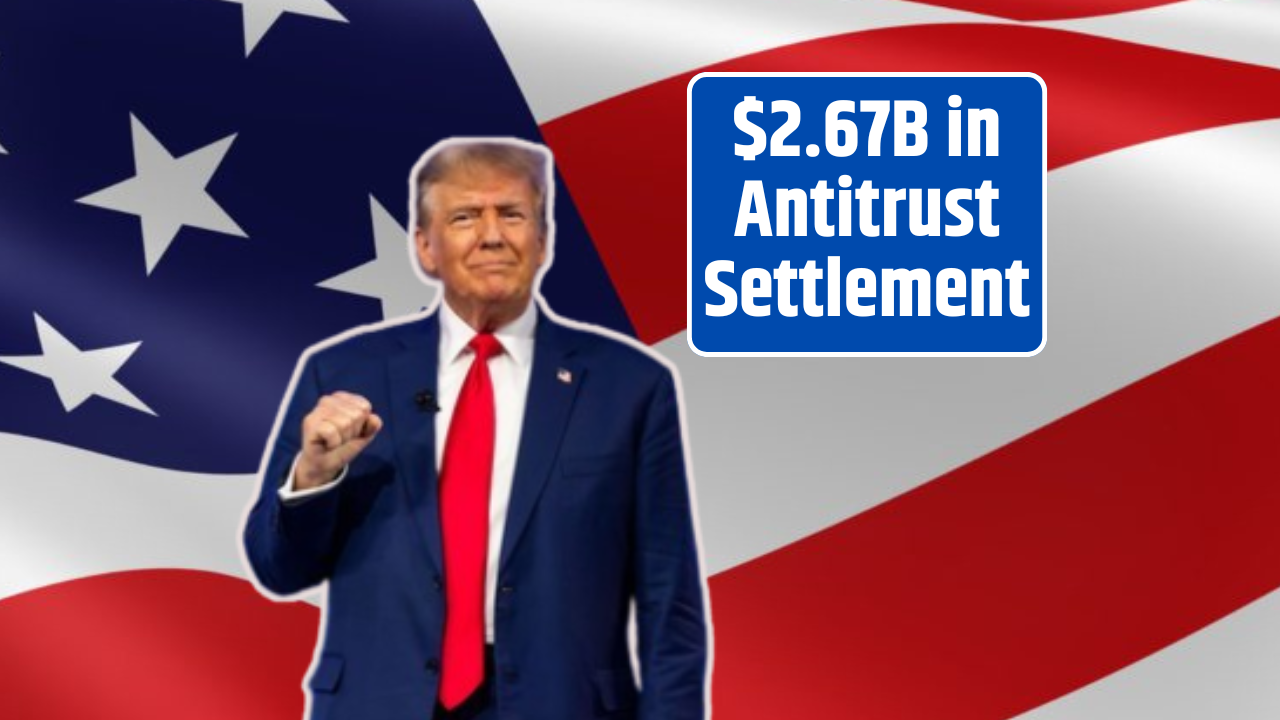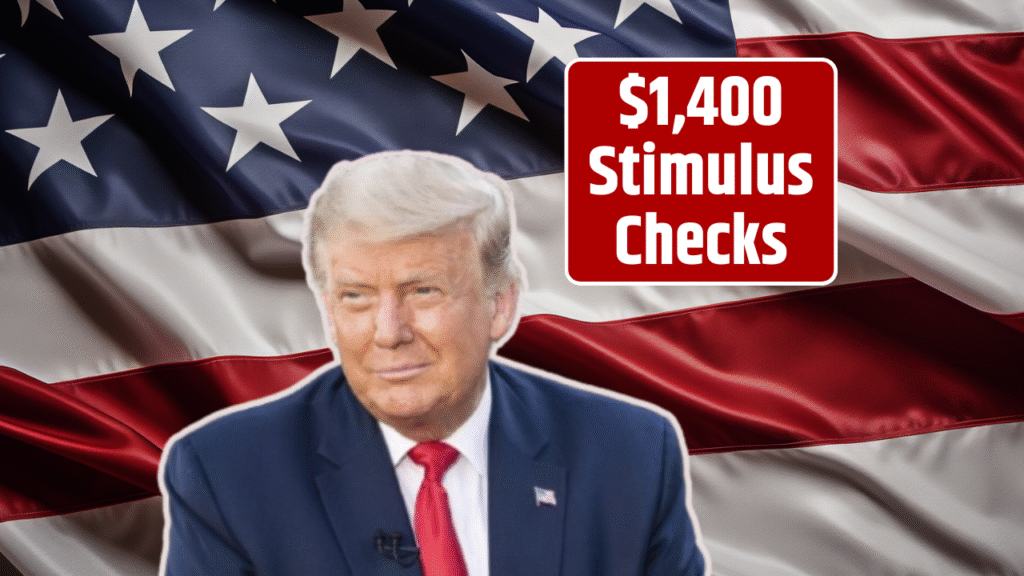As talk of a $5,000 stimulus check swirls through political circles and online forums, many Americans are asking: What is the DOGE Plan, and could it really put thousands back into my pocket? The short answer: maybe—but not yet. The DOGE (Department of Government Efficiency) initiative, proposed by Donald Trump and backed by Elon Musk, is making headlines for tying government savings directly to taxpayer rewards. But before you bank on that payout, here’s everything you need to know.
What Is the DOGE Plan?
The DOGE Plan, short for Department of Government Efficiency, is a cost-cutting initiative aimed at overhauling federal bureaucracy. The core idea? Cut wasteful spending, and send 20% of the savings back to taxpayers in the form of a “DOGE dividend”—potentially worth up to $5,000 per household.
Unlike traditional stimulus checks, this proposal is not tied to economic downturns or pandemics. Instead, it’s a performance-based reward system for net taxpayers—those who pay more in federal income taxes than they receive in credits or benefits.
$5,000 Stimulus: What’s Real and What’s Hype?
| Factor | Details |
|---|---|
| Maximum Payout | $5,000 per household (best-case scenario) |
| Current Estimated Payout | $1,200–$2,500 based on $115 billion in savings so far |
| Savings Target | $2 trillion in federal cuts over time |
| Eligibility | Net federal tax-paying households |
| Status | In proposal stage; not yet law |
| Earliest Possible Rollout | Late 2025 or early 2026, if approved |
While $5,000 is the theoretical maximum, actual payouts will depend on how much waste is identified and cut from federal programs.
How Would the DOGE Plan Work?
Here’s a simplified breakdown of how the plan is structured:
- Audit Government Spending: Agencies and contractors are reviewed for inefficiencies.
- Cut Costs: Trimming bloated contracts, overhead, and unnecessary programs.
- Share the Savings: 20% of verified savings are returned to taxpayers.
- Direct Payments: Stimulus checks are issued to qualifying households.
Example: If DOGE identifies $400 billion in savings, $80 billion would be distributed among 80 million eligible households—yielding $1,000 per household.
Who Qualifies for the DOGE Stimulus?
Not everyone will see a DOGE check. The program is designed to reward net contributors, not just anyone who files taxes.
Likely to Qualify:
- Households who pay more in federal income taxes than they receive in refunds
- Middle- to high-income earners
- Social Security recipients who still pay net federal taxes
- Dual-income households with limited deductions
Unlikely to Qualify:
- Households with zero or negative tax liability
- Full-time dependents or those relying solely on means-tested aid
- Tax filers who heavily utilize tax credits (like EITC or CTC) that offset all taxes owed
Key point: Eligibility is based on your net tax contribution, not simply filing a return.
When Could the Checks Be Sent?
The DOGE Plan is still a proposal. It has not been approved by Congress, and faces both logistical and political hurdles.
Timeline:
- 2024–2025: Debate and possible Congressional review
- Late 2025: Earliest date for approval
- Early 2026: Potential start of DOGE dividend distribution
How Is the DOGE Plan Funded?
Unlike previous stimulus plans, DOGE doesn’t rely on printing money or increasing debt. Instead, it proposes using actual savings from government cost reductions to fund payouts.
Potential Sources of Savings:
- Cutting excessive federal contracts
- Downsizing underperforming agencies
- Streamlining benefits for federal employees
- Ending duplicative or outdated programs
The goal is to avoid inflation by only distributing what has actually been saved—not borrowed.
Pros and Cons of the DOGE Stimulus Plan
| Pros | Cons |
|---|---|
| Rewards taxpayers who contribute the most | Excludes low-income families who don’t pay net taxes |
| Funded by savings, not debt – potentially inflation-neutral | Politically divisive; may struggle in Congress |
| Encourages fiscal accountability | Savings estimates may fall short of projections |
| Could inspire future efficiency-based reforms | Critics say it favors wealthier Americans |
What Experts Are Saying
Economists Divided
Some economists view DOGE as a bold step toward taxpayer fairness. Others warn that savings may not be sustainable long-term.
Jason Furman, former economic adviser: “Unless these savings are sustainable and not one-off, redistributing them through stimulus checks could create longer-term budget gaps.”
Tax Professionals Weigh In
Tax services like H&R Block and TurboTax advise filers to monitor their net tax position to stay eligible if the plan moves forward.
How to Prepare for a Potential DOGE Check
You don’t need to do anything yet—but if the plan passes, you’ll want to be ready.
Step-by-Step Guide:
- File Your Taxes On Time
Make sure the IRS has your most recent tax info. - Maintain Net Taxpayer Status
Limit deductions and credits that may lower your tax liability below zero. - Track IRS Notices
Log into your IRS account periodically to monitor changes. - Stay Informed
Follow updates from official sources—avoid scams and phishing texts promising early DOGE checks. - Contact Your Representative
If you support the plan, let your voice be heard. Legislative momentum matters.
The DOGE Plan may still be in its early stages, but the concept of giving taxpayers a “dividend” from government efficiency has ignited public interest. Whether the payout ends up being $1,200 or $5,000, it could reshape how Americans think about their relationship with federal spending. Until then, stay informed, keep an eye on your tax status, and prepare for what could be the next big shift in taxpayer relief.
FAQs
Is the $5,000 DOGE stimulus real?
It’s a real proposal, but not yet law. The $5,000 figure is based on best-case savings and is not guaranteed.
Who gets the DOGE payout?
Taxpayers who pay more in federal taxes than they receive in credits or aid.
Do I need to apply?
No application has been announced. Payments would be automatic based on IRS tax filings.
Is this different from regular stimulus checks?
Yes—it’s tied to government savings, not emergency relief.




















